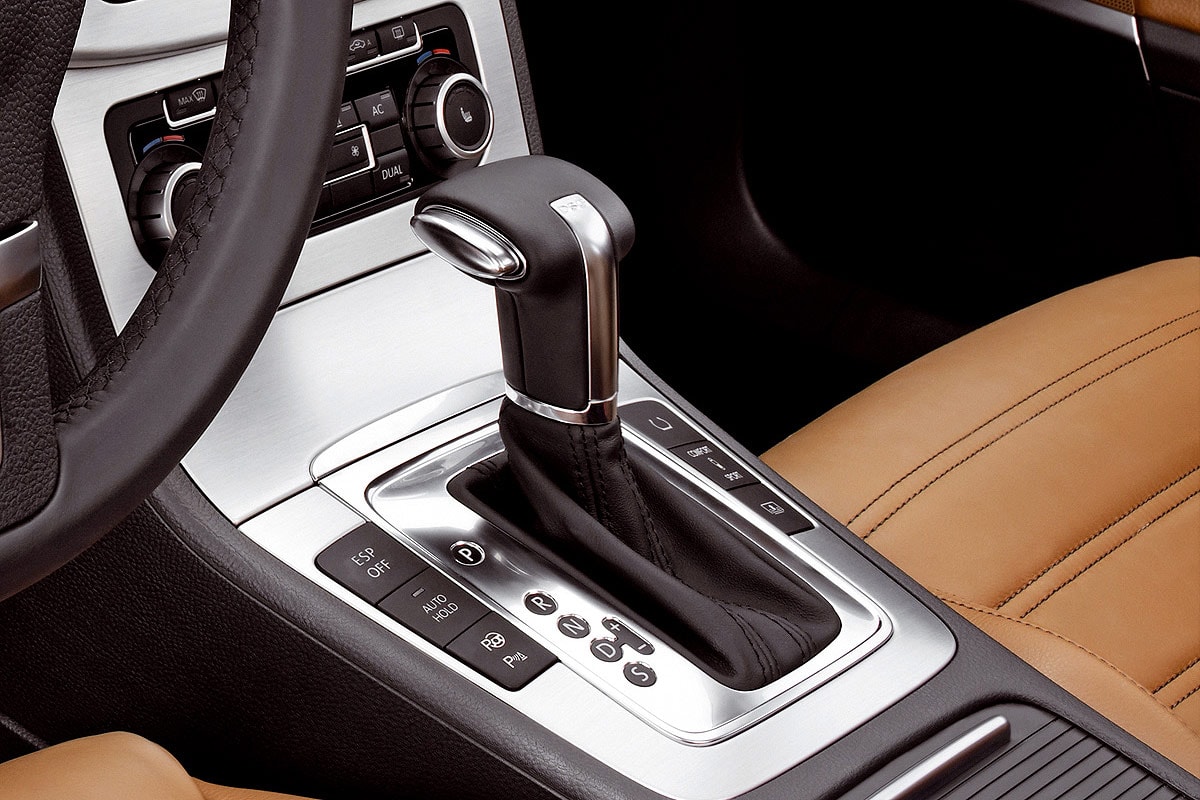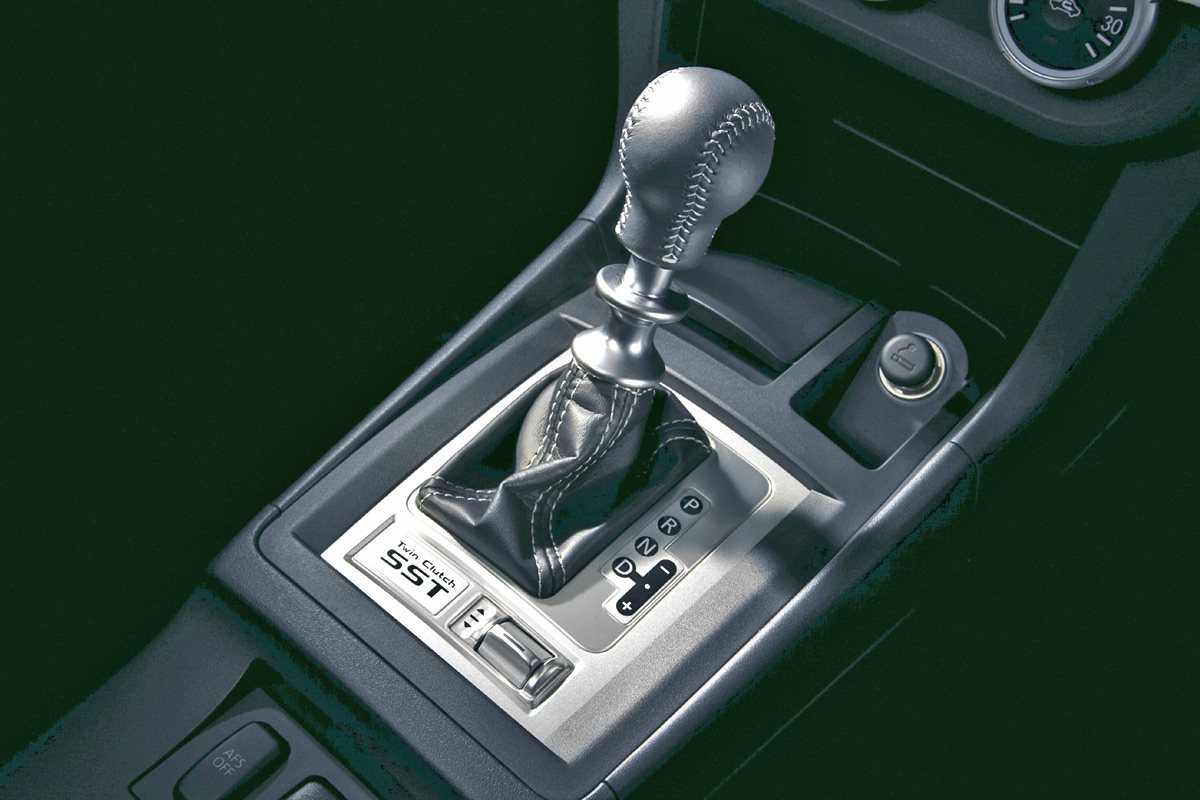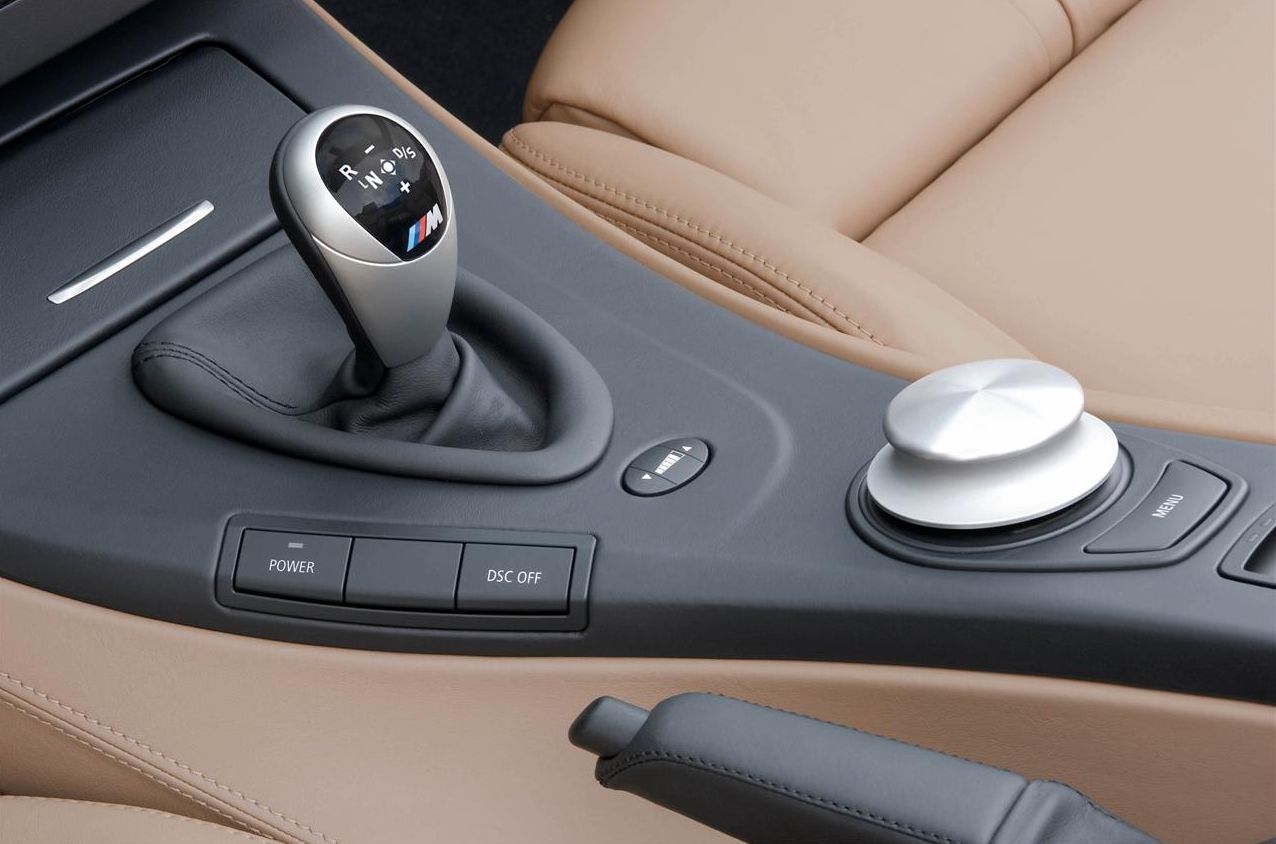The automatic versus manual dispute regarding the transmission systems installed on a specific car has been going on for quite some time now, especially when a certain automaker came out with the "we've developed the best and the most efficient gearbox ever" popular phrase.
Opinions are obviously divided, some people prefer to use manual transmissions for various reasons - instant torque exactly when needed by shifting in a lower gear or even for keeping the classic driving feeling - while others opt for automatic gearbox - the lack of a clutch pedal which obviously means increased comfort particularly in urban cycle.
But apart from these two transmissions, there's a separate option that may actually settle this comparison: the so-called dual-clutch transmission.
Basically, this type of transmissions is said to incorporate the best from the other two without altering engine performance in any way. Moreover, it is often described as the best solution to improve acceleration - 0-100 km/h figures - while eliminating more or less the jolts produced by manual gear shifting, at least for beginners.
To give you an idea, while shifting gears using a manual transmissions there's a small power flow interruption that depends on how fast the driver reactions are. The dual-clutch transmission on the other hand, relies on two clutches (with no clutch pedal) that fully eliminates the lag, thus improving acceleration and engine performances overall. There are two input shafts, two output shafts, two clutches but no torque converter.
More specifically, the whole system relies on two clutches that work independently but have two different roles: one of them is responsible for controlling the odd gears, such as first, third and reverse, while the other other manages the even gears - second, fourth and others if they exist. As said, the two clutches operate entirely separately but join forces to provide this increase of torque. And here's how they do it.
Here's an imaginary scenario: you're driving a manual transmission car and while accelerating, you're trying to change gears. The process is obviously pressing the clutch pedal and moving the stick shift in the appropriate gear (this is often done in one second or so for the most skilled drivers). You then disengage the clutch pedal, obviously with the risk of shakes unless you're doing it at the proper time, in the proper rev.
This is where the two clutches make the difference: supposing you're driving in the second gear and the increasing speed requires the third, the clutch responsible for odd gears automatically prepares it for activation. However, the gear isn't engaged unless the proper shift point is reached. This way the transmission reduces the time loss and improves acceleration. And in case you're wondering how much this process takes, the shifting process needs less than a hundredth of a second, which is basically faster than any driver with a manual transmission.
The two clutches and the shaft perfectly work together to prepare the higher gear and engage it as soon as possible. More specifically, the outer shaft - connected to one of the two clutches and thus responsible for certain gears - makes room for the the inner shaft - which plays exactly the same role but for the other gears.
Advantages
There are a few both important advantages when it comes to dual-clutch transmission. First of all, as you can see for yourself, there's the reaction time. The whole assembly works incredibly fast, less than a hundredth of a second as in the case of DSG designed by Volkswagen.
Secondly, there's the fuel consumption. The dual-clutch clutch gearbox improves the fuel consumption, especially at cruising speeds because it automatically adjust its settings to maintain the desired speed but keeping the fuel efficiency at the highest possible level.
Last but not least, there's the comfort it provides. Although it doesn't work as smoothly as a traditional automatic transmissions and sometimes you may actually feel the shifting process a little bit, a dual-clutch transmissions is much more appropriate for city driving than a regular manual unit that requires the driver to change gears every time when needed.
Obviously, you press the throttle pedal which immediately transmits information to the gearbox, requiring more power. The dual-clutch transmission system is indeed ready to give you a boost of power (that's a good thing) only that it may take a while until you get it. In order to get more power, the system has to shift into a lower gear - let's say from fifth to second. Because these two gears are handled by different clutches, the whole process described above takes a bit more than expected.
Mitsubishi has also designed its own dual-clutch transmission and installed it on the Lancer Evolution X. The system is known as the Twin Clutch SST.
Hyundai is quite new in this sector, as the South Korean automaker displayed at the 2009 Geneva Motor Show the ix-onic concept car equipped with a 6-speed double-clutch transmission. BMW rolled out the first dual-clutch assemble in January 2008 on the M3 model - it is known as M DCT that stands for M Dual Clutch Transmission.
Secondly, there's the fuel consumption. The dual-clutch clutch gearbox improves the fuel consumption, especially at cruising speeds because it automatically adjust its settings to maintain the desired speed but keeping the fuel efficiency at the highest possible level.
Last but not least, there's the comfort it provides. Although it doesn't work as smoothly as a traditional automatic transmissions and sometimes you may actually feel the shifting process a little bit, a dual-clutch transmissions is much more appropriate for city driving than a regular manual unit that requires the driver to change gears every time when needed.
Disadvantages
Although it doesn't look so, the dual-clutch transmission system has a major disadvantage caused by the very things that make it so worthwhile: the two clutches. While shifting into higher gears can be made surprisingly fast, there might be a problem when looking to get more power - for overtaking other cars for example. Imagine this: you're driving outside the city with around 100 km/h, or if you prefer 62 mph, and you instantly need more power to pass the car in front.Obviously, you press the throttle pedal which immediately transmits information to the gearbox, requiring more power. The dual-clutch transmission system is indeed ready to give you a boost of power (that's a good thing) only that it may take a while until you get it. In order to get more power, the system has to shift into a lower gear - let's say from fifth to second. Because these two gears are handled by different clutches, the whole process described above takes a bit more than expected.
Automakers and their very own dual-clutch transmission systems
Several automakers have already adopted this type of transmission and just as expected, they've marketed them under different names. Probably the most known system is Volkswagen's DSG one - which stands for Direct-Shift Gearbox - which is installed on VW, SEAT and Skoda models.Mitsubishi has also designed its own dual-clutch transmission and installed it on the Lancer Evolution X. The system is known as the Twin Clutch SST.
Hyundai is quite new in this sector, as the South Korean automaker displayed at the 2009 Geneva Motor Show the ix-onic concept car equipped with a 6-speed double-clutch transmission. BMW rolled out the first dual-clutch assemble in January 2008 on the M3 model - it is known as M DCT that stands for M Dual Clutch Transmission.



